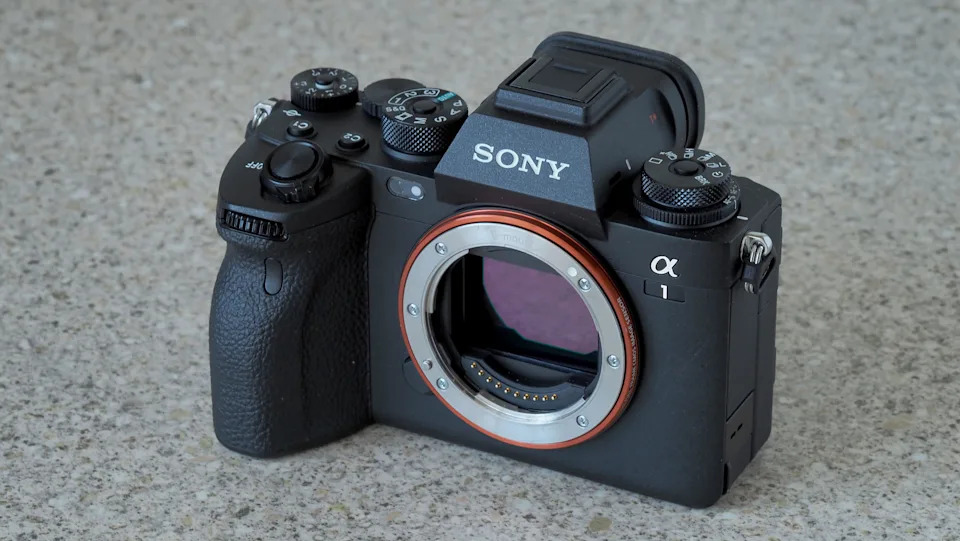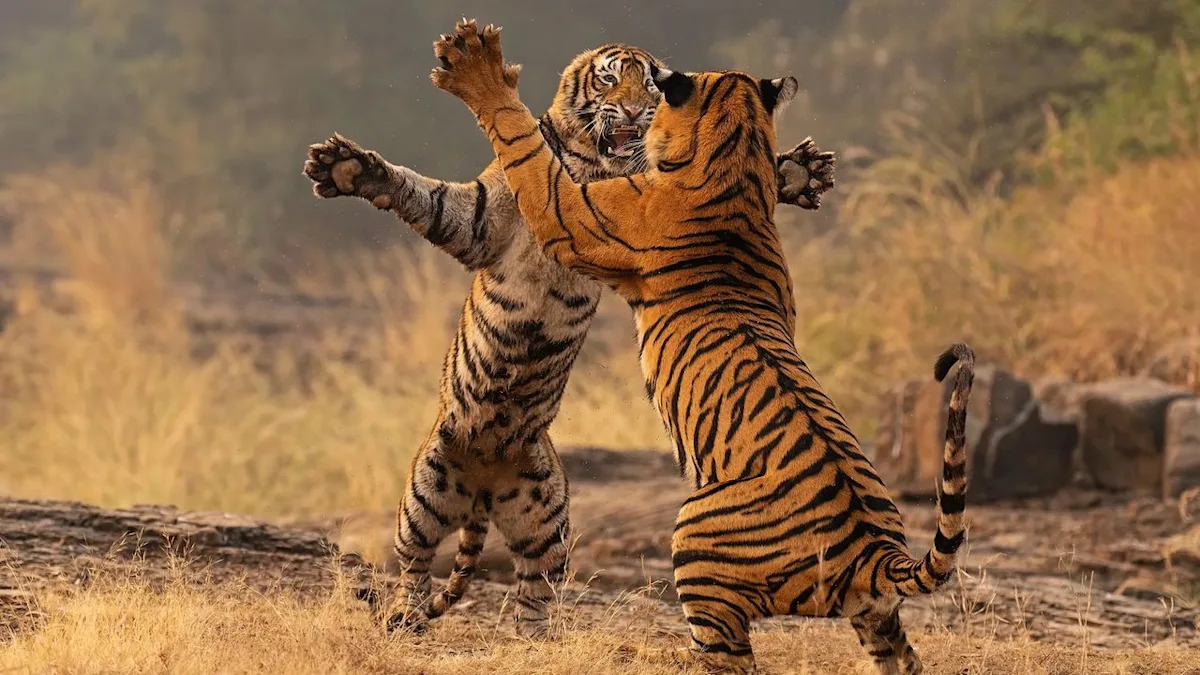When you buy through links on our articles, Future and its syndication partners may earn a commission.

Caught in a heartbeat, these two young tigers erupt into a fight – captured by award-winning wildlife photographer Andy Rouse in Rajasthan, India . | Credit: Andy Rouse, British Photography Awards 2025
A dramatic moment between two adolescent Bengal tigers has roared its way to victory at the 2025 British Photography Awards, earning Category Winner – Land Animal and captivating wildlife lovers worldwide.
The image – titled Fighting Tigers – was captured by Andy Rouse in Rajasthan, India, as two 20-month-old siblings erupted into a brief but ferocious clash, using Sony’s flagship mirrorless A1 camera, paired with a 200-600mm telephoto lens.
These young tigers often spar when they approach maturity, but catching such a moment perfectly sharp, timed, and in full action is rare.
Why this image stands out
Fighting Tigers has immediacy and emotional punch that’s difficult to achieve in the wild.
The two adolescent tigers, caught in a fleeting burst of motion, illustrate the beauty of their species and the raw intensity of their natural behavior.
Combined with expert timing, pro equipment, and deep field experience, the result is an image that feels both intimate and electrifying.
Rouse is a multi-award-winning professional wildlife and aviation photographer with 25 years of experience. On Instagram, he wrote about his winning image, “
The gear behind the shot
The Sony A1 has a sensitivity range of ISO 100-32,000, expandable to ISO 50-102,400, and Sony says it can capture a dynamic range of up to 15 stops | Credit: Rod Lawton/Digital Camera World
To freeze two fast-moving young tigers mid-strike, Rouse used the Sony A1, Sony’s flagship mirrorless camera known for its speed, resolution, and AF (autofocus) precision.
He paired the A1 with a 200-600mm telephoto zoom lens. While the exact model wasn’t confirmed, the natural companion for Sony wildlife shooters is the Sony FE 200-600mm f/5.6-6.3 G OSS, widely used for its reach, stabilization, and optical quality.
The Sony A1 was well-suited to this shot for several reasons: its 30fps (frames per second) continuous electronic shutter allowed Rouse to capture multiple frames in a split second, ensuring he didn’t miss the crucial moment of impact.
Its 759-point phase-detection AF system tracked the tiger’s unpredictable movements with precision, while the 50.1MP full-frame sensor ensured astonishing detail.
Also, the camera’s high ISO performance meant that Rouse could maintain fast shutter speeds to freeze fast motion in the natural light conditions of Ranthambhore National Park, preserving sharpness without introducing noise.
You can view Fighting Tigers and all other winning entries through the British Photography Awards website – a showcase of the finest British photographic talent across wildlife, portraiture, landscape, street, documentary, and more.
You might like…
Browse the best cameras for wildlife photography, and the best lenses for bird photography and wildlife.
Looking for competitions to enter? Here are 10 global photo contests now open for entries from November to January.

